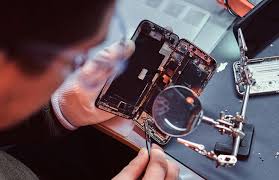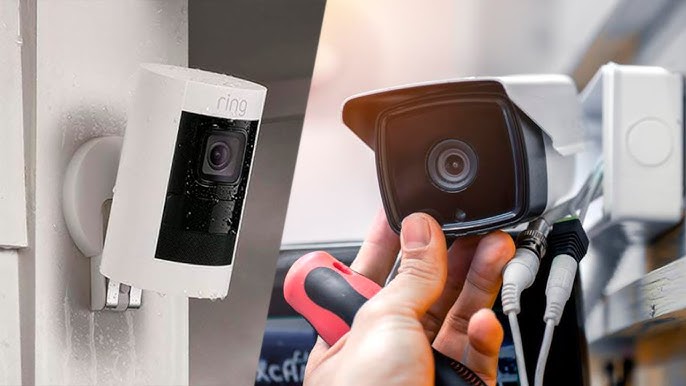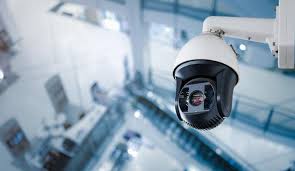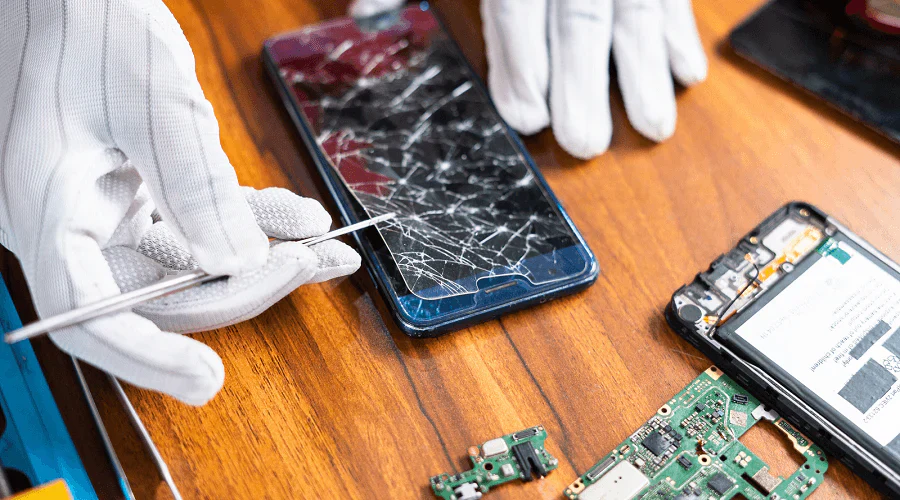In the busy metropolis of Dubai, where technology is everywhere, our devices have become important friends. These devices, such as smartphones, tablets, and laptops, connect us to the outside world, help us do our jobs, and keep vital memories safe. But when they break, it’s very important to choose a trustworthy mobile repair service in Dubai. There are so many choices out there. How can you be sure that you choose a licensed mobile repair company that offers good service, reliability, and expertise?
This guide will help you think about the most important things before you decide to fix your gadget so that it works at its best.
Licences and Certifications
Start by searching for the right licences and certificates when seeking a licenced mobile repair service in Dubai. A real store should have proof of certification from well-known organisations, like the Telecommunications Regulatory Authority (TRA) in the UAE.
Any mobile repair shop that is allowed to work must show proof of accreditation from well-known organisations, such as the UAE’s Telecommunications Regulatory Authority (TRA). The TRA makes sure that telecommunications services in the UAE meet industry standards for safety and quality. When a mobile repair shop proudly displays its TRA certification, it means that the company fulfilled all of the authority’s rules and guidelines, showing that it is dedicated to professionalism and ethical business practices.
This certification also gives customers peace of mind that the repair shop is held to higher standards, which means that the technicians are thoroughly qualified and ready to securely and effectively fix a wide range of mobile devices. It also demonstrates that the repair company follows the norms and laws in the area, which helps keep clients safe from fraud or bad service.
Genuine firms can also receive certification from equipment producers or other relevant groups, which makes them even more legitimate. By choosing an accredited shop, customers can be sure that the repairs will be done correctly, that genuine parts will be used, and that best practices will be followed in the mobile repair industry, which will lead to a better and more reliable customer experience, as well as longer-lasting devices.
Review on the internet.
Google Reviews and social media are two good places to find online reviews that can help you learn more about a store’s reputation.
Online reviews are a good way to find out how good a mobile repair company is because they come from people who have used the shop themselves. You can find much information about different repair businesses on Google Reviews, Yelp, and social media sites like Facebook and Instagram. Customers may check the amount of overall happiness, the quality of service, and the professionalism of the staff, which helps them make smart decisions about which service provider to trust with their devices.
When you read these reviews, you should look for patterns in what people say. A business that gets much praise for things like quick repairs, good communication, and high-quality work may be a good place to go. On the other hand, ongoing complaints like issues with customer service, hidden expenses, or repairs that haven’t been fixed yet may be cause for concern and require further investigation.
Many review systems also let customers write detailed comments and provide star ratings, which gives potential customers a better idea of what the shop does well and what it doesn’t. If you respond to the shop’s comments on reviews, you can learn more about how they handle customer feedback. A professional and polite response to negative reviews might show that you care about your customers and are eager to deal with their problems.
Also, client photos and testimonials are often posted on social media, which makes the feedback process feel more personal. Customers frequently talk about their experiences, and they sometimes publish pictures of their repaired electronics before and after, which makes their ratings more credible.
Qualified technicians
Find skilled professionals who have gone to well-known schools for training. It’s also important to ask them how much experience they have with your brand of equipment. A good store should offer guarantees on both parts and labour, which shows that they are sure of their job.
When looking for a place to fix your phone, make sure to find technicians who are not just qualified but also trained at well-known colleges. Certified specialists know how to fix a wide range of device problems accurately the first time, so you can be sure that your repairs will be done right. Shops that spend money on educating their personnel often have access to the newest repair methods and tools, which lets them fix both simple and complicated problems. Also, well-trained technicians are more likely to utilise real parts and follow best practices in the industry, which will make your restored item last longer and be more durable.
Being clean and organised
Check out how clean and organised the store is. A clean environment is often a sign of professionalism. It’s important to be open and honest; a good repair company should provide you with a detailed quote and explain the repair process with no extra fees.
Original Or High-Quality Spare Parts
Make careful to ask about the utilisation of original or high-quality spare parts when you choose a mobile repair shop. Genuine components are made just for your device, so they will work perfectly and be compatible. They make it less likely that something will go wrong in the future and might even keep the manufacturer’s warranty safe. On the other hand, using bad or fake parts could generate more problems that impair both safety and performance. A good repair company will be happy to tell you about the parts they use and may even give warranties or guarantees on their work. This openness shows that they care about both the quality of their work, the satisfaction of their clients, and the life of their gadgets.
Location of the Shop
Also, look at where the store is. If you need to do more repairs or services, a repair business that is close by could save you time. Finally, trust your gut. If something seems off during your talk, keep looking for a legitimate mobile repair shop.
Final Thoughts
Finally, picking the best licensed mobile repair shop in Dubai is a mix of research, common sense, and knowing what you need. Putting reputable, accredited service providers first not only keeps your gadget working longer but also gives you peace of mind that it is in good hands. Keep in mind that it will save you time and money in the long run to take the time to find a good repair company. This way, you can keep enjoying the important role your gadgets play in your daily life.
Datalife is a well-known showroom and service business in Dubai that stands out as a great place to get your mobile repaired and serviced. Datalife is a reliable place to get your phone fixed or get a new one because it has licensed experts who are dedicated to making sure customers are happy.
How to Identify The Best Mobile Repair Shop in Dubai Read More »










